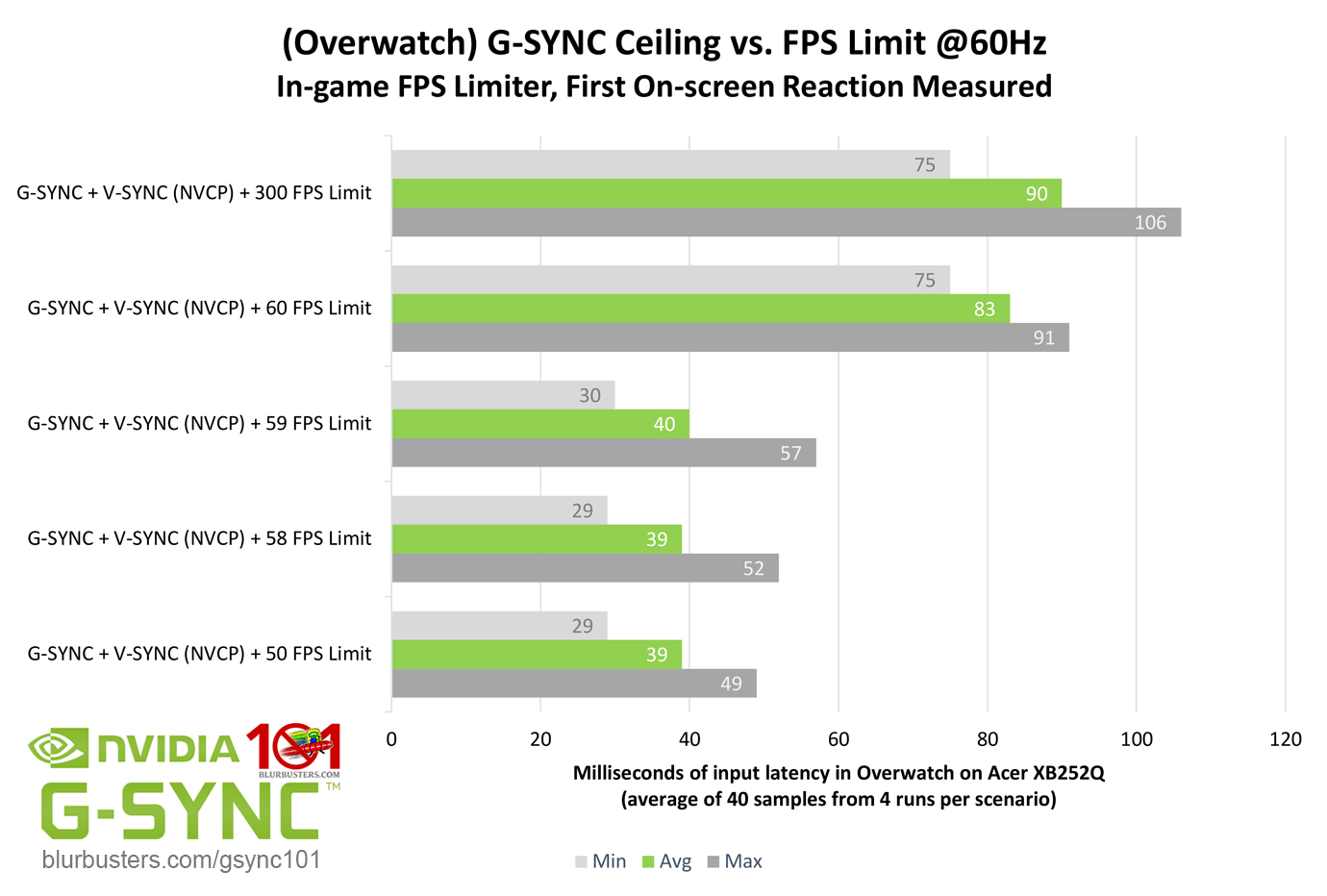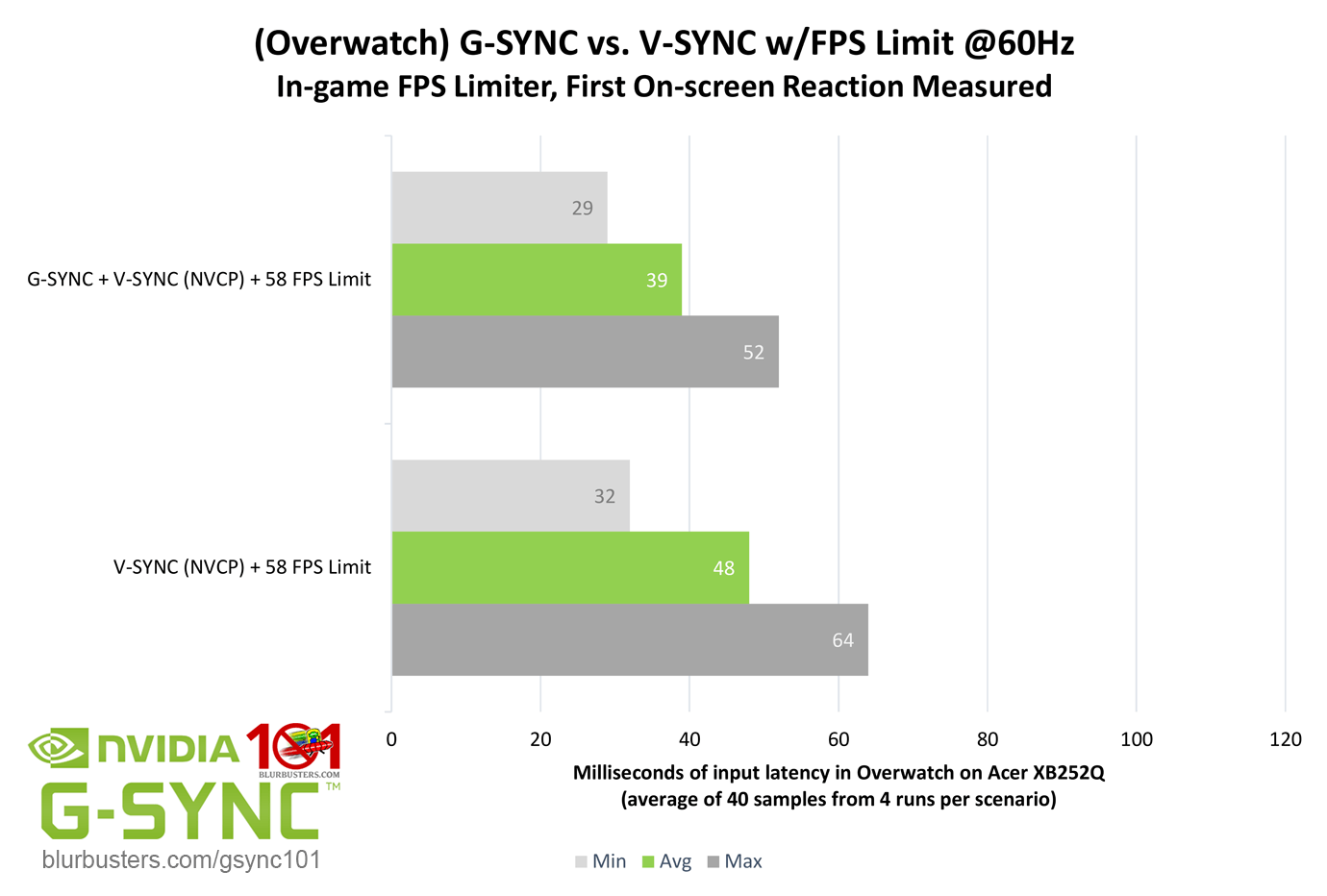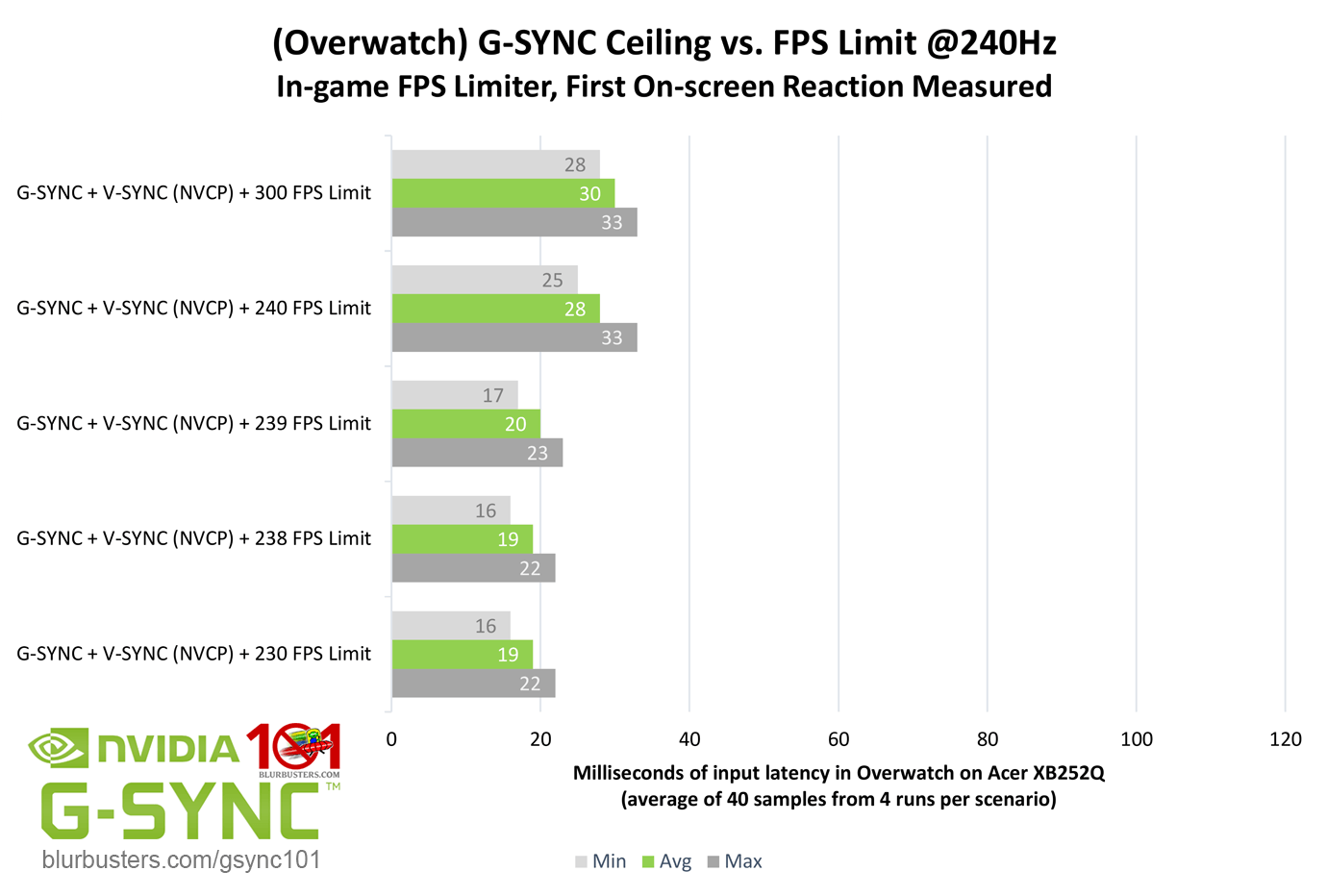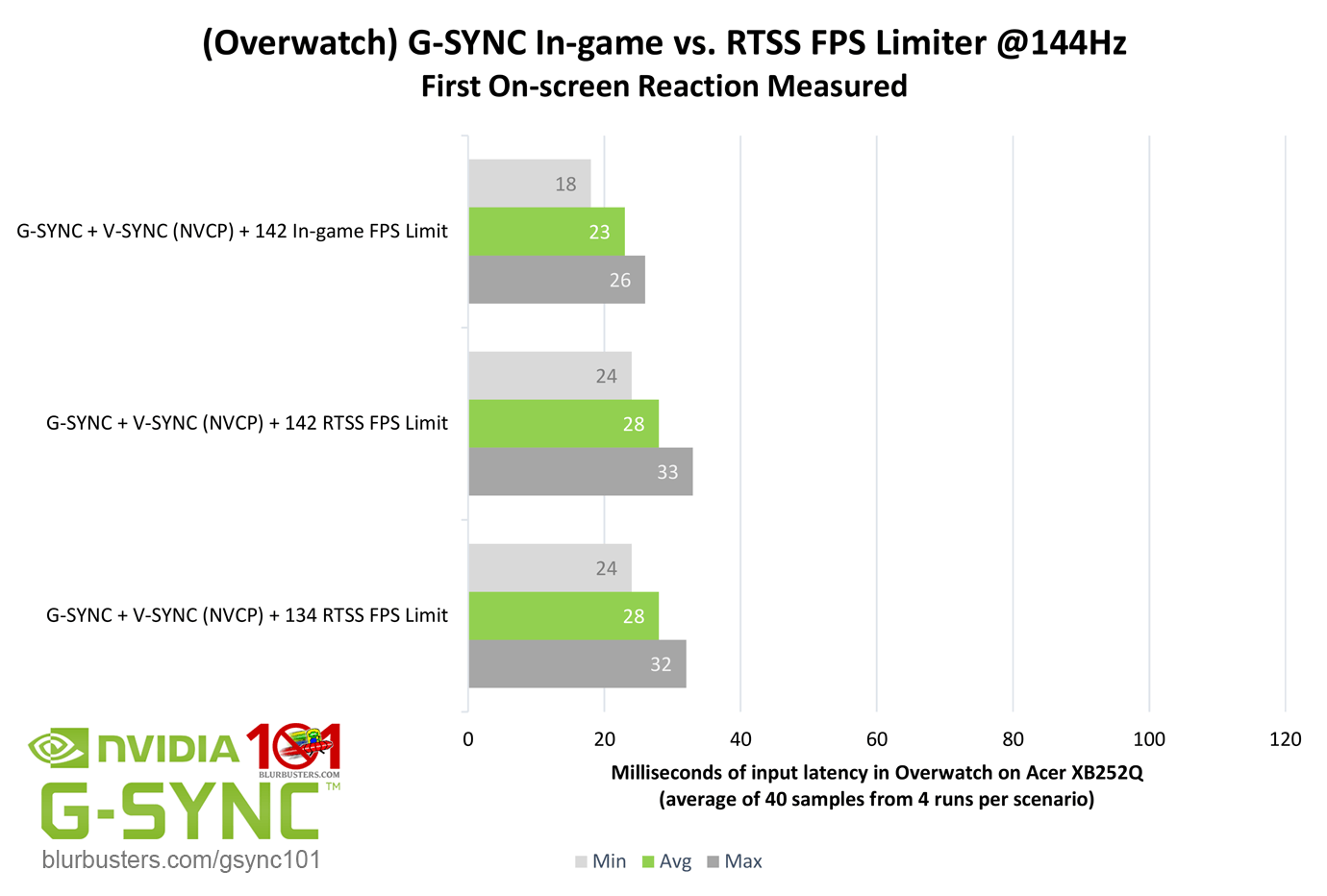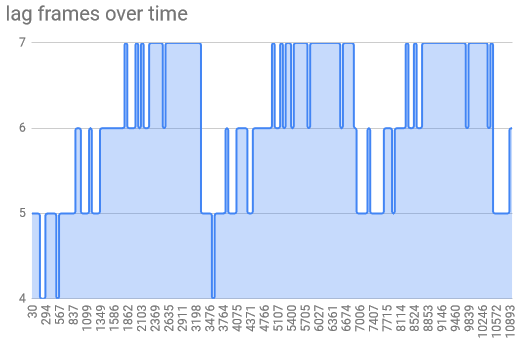何を食べると体に良いのか/What should we eat for our health
何を食べると良いのかですが、まず念頭に置きたいのが、マルチビタミン・ミネラルのサプリメントの健康効果は、ないか、がんばっても検出できない程度に少ないということです。
マルチビタミン・ミネラル | 海外の情報 | 医療関係者の方へ | 「統合医療」情報発信サイト 厚生労働省 「統合医療」に係る情報発信等推進事業
Firstly, I want to point out that taking multivitamin/mineral supplements probably has no effects for your health.
Multivitamin/mineral Supplements — Health Professional Fact Sheet
ビタミンやミネラルは体内で健康のために重要な働きをしていることが分かっていて、足りないと病気になります。そんな物質であっても、それを多く摂取することでの健康効果はないか非常に少ないと考える必要があります。
It's proven that vitamins/minerals have really important effects for your health, and you will be sick if you don't take them sufficiently. However, taking them a lot basically won't improve your health.
栄養というのは常にそのようなものだと私は考えています。摂らないと健康に悪いけれど、たくさん摂っても意味がありません。
I believe nutrition are always like that. If you have none, you will be sick, but if you have a lot, you won't be healthier.
あなたがその食材に含まれる栄養を十分に摂取できていないなら、それは良い効果をもたらしますが、体にいいからと大量に食べたり頻繁に食べたりしても、基本的に逆効果になります。つまり普遍的に体にいい食べ物というのは存在しません。
If you don't have a sufficient nutrition that a ingredient has, eating it will improve your health, but eating it a lot/frequently rather deteriorate your health. So there's no universally healthy foods.
人が食べられる量には限りがあり、一つのものを沢山食べることは、他のものを食べる量が減ることを意味します。結果、他のものを食べることで本来得られるはずだった健康効果が失われてしまいます。
Your stomach has it's limit. If you eat one ingredient more, you will eat the others less, and you will take the other nutrition less.
また、食材には既知/未知の健康への害となる物質が含まれていることがあり、その害は栄養と違って多量に摂るほどに増幅してしまいます。
Ingredients could have harms for your health, and unlike nutrition, your health will be worse if you eat them more.
なので少量ずついろんなものを食べるのがリスク・リターンを考えると良い戦略になるでしょう。無料の薬味やスパイス、ドレッシングは全種類使ってみる、量り売りの惣菜は全種類詰めてみる、食べ放題も全部取る、といった立ち回りがオススメです。
Considering those risks and rewards, you should eat small amounts of many foods. I recommend you try every food on buffets, all free samples/spices and so on.
健康な人に対して私から出来るアドバイスはこの程度のものですが、既に健康を害している人の場合は別の対策が必要になります。
Those are all I can say for healthy people, but if you are already sick, you need another counter measure.
たとえば尿酸値が高くて痛風リスクが高まっている場合を考えてみましょう。データにはこのようにあります。「肉、魚は痛風発症リスクを上げ、乳製品はリスクを下げる。コーヒーはリスクを下げる。アルコール、特にビールはリスクが高いが、ワインはリスクを上げない」
高尿酸血症・痛風の治療ガイドライン 第2版 | Mindsガイドラインライブラリ
Let's say you have high uric acid level and you are about to have a grout attack. The data says "meat and fish are high risk. Dairy and coffee lower the risk. Alcohols have high risks, especially beers, but wines don't."
一つのデータでしかないのでそんなに信頼性は高くありませんが、疑う余地も特にないので、参考に出来るかと思います。
It's one data and not so reliable, but I couldn't find out any defects. Maybe you can use it as a reference.
ただ、データにあるからと言ってこの通りの食事をすればいいわけではありません。肉や魚を全く食べず、牛乳ばかり飲んでいてもおそらく健康を害してしまうでしょう。私だったら肉や魚を食べないのは無理ですが、「これはリスク食材なんだな・・・」などと考えながら食べるのも辛い。なので、肉や魚の健康情報を探し、特定の肉や魚が体にいいという情報を自分に刷り込ませ信じ込むことで、リスク情報によるストレスを軽減します。
But you shouldn't eat what it says. If you eat no meat and fish and only drink milk, probably you will be sick. I can't stop eating meat and fish, but eating risky meals is stressful. So I would look for the information that some meat/fish is healthy and believe in it to relieve the stress.
そもそも肉や魚を食べないと炭水化物が多くなり栄養バランスが崩れてしまうはずです。江戸~明治期の日本人は一日に米を5合ほど食べていましたが、めったに長生きは出来ませんでした。
If you eat no meat and fish, you will take so much carbs, and you will be sick. Japanese people eat 1.75kg/4lb of rice a day in Edo/Meiji era, and most of them don't live long.
お米を1日5合食べていた !?江戸時代の食事がいろいろと衝撃的すぎる【庶民も将軍も】 – 江戸ガイド
無理な食生活によってストレスが溜まれば、健康を害し、反動で暴飲暴食に走ってしまいます。研究者たちが知恵を集めて作ったガイドラインには、「高尿酸血症・痛風患者の食事療法の主眼は,プリン体の制限からむしろ総エネルギーの制限に移行している」とあります。つまり何を食べるかよりも痩せるほうが大事だということです。「厳格なエネルギー制限,プリン体制限,飲酒制限などを行うと,一定期間はそれに従うが,多くの例で反動を招きやすい」とも書いてあります。無理しても逆効果になる可能性が高いです。
If you strain yourself too much, the stress will harm you, and you will eat/drink too much. The guideline that researchers compiled says "the goal of the diet changed from limiting purine to limiting calories." So losing weight is more important than what you eat. It also says "Limiting calories, prine, drinking are effective in short terms, but they tend to rebound."
高尿酸血症・痛風の治療ガイドライン 第2版 | Mindsガイドラインライブラリ
科学的根拠はないですが、私の経験上、無理なく痩せるためには炭水化物を減らすのが一番です。必要な栄養をしっかりとることで、炭水化物を減らしても苦痛にならなくなります。
Low-carbo diet is the best way to lose weight in my opinion. Taking the other nutrition easily improves your diet and makes you slim.
私のおすすめは、間食したくなったり、デザートが欲しくなった時には、卵を割って電子レンジで15秒くらいずつ三回ほどチンし、目玉焼きを作って食べます。ソース、マヨネーズ、ケチャップ、塩コショウなど好きなものをかけると美味しく食べられると思います。
When you want to eat something extra, I recommend eating a sunny-side up. You can easily make it with your microwave.
Mayonnaise and Otafuku-sauce make it even better in my opinion.
栄養の塊である卵を食べることで、栄養を求める本能を満足させ、食欲を抑えることが出来、無理なく痩せられます。炭水化物以外の栄養が豊富にあれば良いので、チーズやヨーグルトでも代用出来ます。
Eggs have plenty of nutrition other than carbo and satisfy instincts that want food so you can easily prevent yourself from taking carbo. You can use cheese/yogurts instead because they have plenty of the nutrition too.
"これのおかげですごく体調がいいんです!"という感想とどう向き合うか/How to measure the impact of "I'm much healthier now thanks to this!"
承前: prev::
"健康にいい食べ物"とは何か What Are "Healthy Foods?" - 自己表現しつつ英語を勉強 Express Myself And Study English
テレビでは毎日健康食品やサプリメントのCMが放映され、"これのおかげですごく体調がいいんです!"といった個人の感想が次々と流れてきます。しかし、これらが健康に良いという証拠は全くありません。
TV commercials of healthy foods/supplements are aired every day which says "I'm much healthier thanks to this!" But statistically, those foods/supplements have no evidence that they are healthy.
ではCM出演者たちは嘘つきなのでしょうか? そうではないと思います。基本的に、どんな健康法であっても効いたという証言は出てきます。
Are they liars? I don't think so. Basically every health management method has anecdotes.
たとえば、統計的に効果がないことが明らかなものに鍼灸があります。
For example, acupuncture method has a lot of evidence that it doesn't work.
Acupuncture – Science-Based Medicine
鍼灸は実際、利用者にはかなりの効果があります。心因性のストレスから来る痛みなら治ったりしますし、抗がん剤の副作用を軽減した、QOL(生活の質)が上がった等さまざまな効果が論文に示されています。
Acupuncture actually has great benefits for users. If stress caused a pain, acupuncture could cure it. There are many papers that says QOL is improved, side effects of chemo-therapy are relieved and so on.
なぜ鍼灸が効果がないと結論付けられているかというと、プラセボ針という、チクッとするけれど実際には刺さらない偽の針を、ツボではない場所に適当に使っても全く同じ効果があることが分かっているからです。
Why scientists believe it doesn't work is because placebo-needles, which causes pains like needles but doesn't punctuate, have the same effects.
効果があるけれど効果がない、これをどう考えればよいでしょうか?
It's effective but it doesn't work. How shoud we think about it?
もう一つ例を挙げます。医学的根拠がある漢方薬と紹介されることもある抑肝散について考えてみます。
I want to introduce another example. It's Yokukansan, one of Chinese-traditional-medicines.. They say Yokukansan has medical evidence.
実際には漢方も、鍼灸や他の世界中にある伝統医療と同じく、効いたという証拠は全くありません。
Actually, Chinese-traditional-medicine have no evidence, like other traditional medicines in the world.
抑肝散の場合は、認知症の介護者に尋ねた場合、抑肝散によって異常行動が減ったという結果がはっきりと出ます。しかしやはり、プラセボ薬として抑肝散っぽい薬を与えても同じ結果が出ます。
If you ask caretakers, you can get clear results that Yokukansan relieves abnormal activities of demented patients, but you can get the same results with placebo.
http://hospitalist.jp/wp/wp-content/themes/generalist/img/medical/jc_20160408_01.pdf
つまり抑肝散になんらかの薬効があるわけではありませんが、実際に介護者は恩恵を感じています。薬の目的が介護者のストレスを減らすことであるなら、その目的はすでに達成されています。
Yokukansan doesn't have medical effects, but caretakers have taken the benefits. If the goal of the medicine is to relieve caretakers stress, it's already achieved.
効果のない薬でも現実的に恩恵があるならいいじゃないかという考え方もできると思いますし、貴重な医療費を効果のない薬に使うなんてけしからんという考え方もあると思います。私はこういった偽薬は嫌いです。
I think you can say "even though it doesn't have effects, if you can benefit from it, it's a good medicine" and "the helth insurance shoudn't apply to these false medicines." In my opinion, I don't like these false medicines.
"健康にいい食べ物"とは何か What Are "Healthy Foods?"
"健康に良い食べ物とはなにか"という問題は非常に多くの論点を含んでいます。できるだけ限り多くの論点を拾いたいと思っています。
"What are helthy foods?" contains vast and complex problems. I want to analyze them as thorough as I can.
様々な食材の様々な物質が、体の中で健康に良さそうな作用を果たしていることが次々と明らかになっています。はじめの論点は「健康に良さそうな効果のある食材を食べると健康に良いのだろうか」です。
Various ingredients have various effects for human bodies. The first problem is "Can you be healthy when you eat something which has healthy effects for human bodies."
たとえば、納豆に含まれるナットウキナーゼには血液中の血栓を溶かす効果があります。しかし、納豆を食べても胃腸でナットウキナーゼは消化され、血液中にナットウキナーゼは入ってきません。なので納豆を食べても血栓は溶けない気がします。
Nattokinase which is in natto can melt blood clots, but when you eat natto, nattokinase is digested and it's not in blood, so I think eating natto doesn't melt blood clots.
「食材に健康効果がある」ということと「食べると健康に良い」というのは基本的に別のことです。
"A food has healthy effects" and "You can be healthier if you eat it" are two completely different things.
[Full text] Consumption of nattokinase is associated with reduced blood pressure a | IBPC
上の記事では「ナットウキナーゼの消費が血圧の低下と関係している」ということが言われれています。それでは「血圧が低下すると健康に良い」のでしょうか。
It says "consumption of nattokinase is associated with reduced blood pressure," but are you healthier when your blood pressure is low?
血圧が下がると脳梗塞になりやすいことが知られています。なので血圧が低いことが必ずしも健康にいいとは言えないと思います。(ちなみに血圧が高いと脳内出血が起こりやすくなります)
Brains tend to clot when blood pressure is low, so It's not necessarily true that low blood pressure is healthy. (and high blood pressure tends to cause brain haemorrhage.)
必要なのは「納豆を食べることで脳梗塞が減った」といったデータです。「食べたら本当に健康になった」というデータがほしいので、「食材にどういう健康効果があるか」をいくら集めてもあまり意味はありません*1。
What we need is the data which says "eating natto decreases cerebral infarctions". We want the data which says "people became actually healthy when they ate something." What effects does a ingredient have is not important.
これがそのデータになります。This is the data.
一万人以上を対象にした研究で非常に明瞭な結果が出ています。それではこの研究によって、「納豆を食べると健康になれる」と考えて良いのでしょうか。
This study is about ten thousand people and it shows the result very clearly, so we can conclude eating natto makes people helthy?
まず因果関係の問題があります。朝食を食べる子供はテストの成績が良い、というデータがあります。
There is a problem of causal dependence there.There's a data which says "children who eats breakfast regularly have good records at school."
テストの成績は「朝食の中身」で決まっていた!(前編) (2/3) | プレジデントオンライン
しかし、「成績が良くなったのは朝食を食べたからだ」と結論出来るでしょうか。「朝食を食べさせるようなちゃんとした家では子供にちゃんと勉強させる傾向があるからだ」ということも出来るかもしれません。
Can we conclude "eating breakfast makes children smart?" Maybe the parents who have children eat breakfast tend to encourage them to study
さらに、統計の確度の問題があります。一般的に、統計的な確度が95%以上なら、意味のある結果として論文に発表して良いことになっています。
There is a problem about credibility of statistics. Generally, if the credibility is over 95%, you can write a paper from it.
それはつまり、20回実験をして1回出た外れ値を論文にすれば好きな結論が導けるということであり、1つのデータを20の尺度で分析して、見つけた外れ値を使えば論文がかけるということでもあります。
It means if you conduct experiments 20 times, probably you can get an unexpected value and you can write any paper from it, and if you analyze a data with twenty individual aspects, probably you can get an unexpected value and you can write a paper about it.
一般に特に論文に書けるような内容がなかった実験/分析は発表されませんので、どれだけ実験/分析を繰り返したかもわかりません。(これはファイルドロワー問題とか出版バイアスと呼ばれています)
Generally, if you didn't get a meaningful result from a experiment/analysis, you wouldn't write a paper, so we can't know how many times researchers have failed experiments/analysises. It's called "file drawer problem/publication bias."
食品の健康効果はビッグビジネスになりえますので、いろんな企業が必死で研究しています。彼らは潤沢な研究費を使って何回も実験できますので、基本的にどんな健康効果でも導き出せます。
If it is proven that a food is healthy, it will be a big buisiness, so many companies are competing to do it. Their budgets are plenty and they can experiment as they want, so basically they can prove anything.
なので、どのような実験、分析も第三者が追試して確かめてくれないと信頼はできません。先程のデータの場合は、確度99.6%という非常に高い信頼性を持っていますが、あまたあるデータの中からあまたある食材を調べれば全く効果のない食材からでもこれくらいの外れ値は見つかるはずです。他のデータで同様の効果を示しているものが見つからないので、信頼することはできません。
Therefore, no results are credible unless the third person confirm them. Even though that data has 99.6% of credibility,maybe they analyzed many ingredients in many data, so this level of unexpected value would be easily found even if it didn't have any healthy effects. I don't have any similar results from other data so I can't trust it.
こういった諸々の問題に注意していれば、本当に健康にいい食材とそうでないものを見抜けるんじゃないかと思います。けれどまだ「統計的には効果がないはずなのに、健康になったという人がたくさんいる」という問題がカバーできておらず、また「どんなものを食べれば良いのか」についても語れていません。長くなってしまったので、次回に回そうと思います。
If you think about these problems carefully, I think you can disinguish real healthy foods. I want to cover other problems, like "what should you eat/why dubious foods have so many anecdotes" in the next article.
なぜ240Hzモニタが必要か、あるいはなぜ「周期的ラグ」が発生するか Why We Need 240Hz Monitors Or What Causes "Input Lag Cycle"
「なぜ240Hzモニタが必要なのか」と「なぜ周期的ラグが発生するか」は無関係に見えますが、どちらも「オーバーキューイング」が原因です。
Why we need 240Hz monitors and What causes "input lag cycle" look irelevant, but "over-queuing" causes both.
オーバーキューイングとは、V-Syncをオンにしたとき、モニタのリフレッシュレートより高いfpsが出ていると、ラグが発生する現象です。
Over-queuing increases input lag when your framerate surpasses the refresh rate of your monitor and v-sync is on.
G-Sync 101からグラフを引用します。I quote "G-SYNC 101."
G-SYNC 101: G-SYNC Ceiling vs. FPS Limit | Blur Busters
60Hzモニタで60フレーム出ているとラグが凄まじく増加するのが確認できると思います。これを秒間59フレームに制限するとラグが劇的に減少します。その差はおよそ2.5フレームです。
The lag dramatically increases on "60 fps limit" and decreases on "59 fps limit." The difference is about 2.5 frames.
G-Syncだから発生する現象に見えるかもしれませんが、G-Syncでない場合も同じようになります。ただ0.5フレームほど遅延が増えます。
G-Sync is not the cause. You can get the decreased lag on G-Sync off. (But there's 0.5 frame difference)
240Hzモニタを使っても同じ現象が起きますが、240Hzゆえラグは非常に少なくなります。
240Hz goes in the same way but the lag is super small because of the high refresh rate.
このメカニズムを解説しますと、フレームレートがリフレッシュレートを超えている場合、描画済みのフレームを2フレーム溜め込もうとします。これによって描画が間に合わない時のフレーム落ちを避けることが出来るわけですが、当然2フレーム分のラグが発生します。これがオーバーキューイングです(キューイングとは行列に並んでいる状態のことで、フレームが待ち行列に並んで渋滞しているような状態を表しています)。
When your frame rate surpasses the refresh rate, the system stores two completed frames. It causes two frames lag but it could avoid frame drops. It's called "over-queuing." *1
対して、フレームレートが足りない場合は、出来上がったフレームはすぐ描画されます。なのでラグが少なくなります。
When your frame rate is inadequate, the completed frames are shown immediately after they are completed, so it decreases the lag.
なのでラグを減らしたい場合はフレームレートを制限する必要があります。フレームレートをゲーム内で制限できれば良いのですが、そういう設定はないことが多いです。強制的にフレームレートを制限するツールもあるのですが、それ自体がラグの原因になります。
You need to limit your frame rate if you want to decrease the lag. In-game frame limitters are considered to be the best, but most games don't have them, and external frame limitters cause the lag unfortunatelly.
なので私は240Hzモニタをオススメします。ほとんどのゲームでは、CPUがボトルネックとなり、240fpsも出ないので、自然にFPSがリフレッシュレート以下に制限され、ラグが解消されます。
I recommend 240Hz monitors because most games can't achieve 240fps. It naturally decrease the lag.
フレームレートがモニタのリフレッシュレートに届かないというのは、多くの場合、フレームが落ちることを意味します。落ちたフレームに重要なビジュアルキュー(敵が現れたとか、スタン値が増えたとか)があった場合、それを確認するのが1フレーム遅れることになります。
Traditionally, inadequate frame rate causes frame drops. If a dropped frame contains a visual cue, your reaction delays 1 frame.
なのでG-Sync、FreeSyncのようなリフレッシュレートの変更が可能なモニタをオススメします。G-Syncのようなモニタでは、秒間59フレーム描画される場合、自動的に59Hzに下がるので、フレームドロップが起きません。
So I also recommend variable refresh rate monitors(G-Sync/FreeSync.) It doesn't drop frames.
また、G-Sync、FreeSyncは可変インプットラグを防ぐ鍵になる技術です。
G-Sync/FreeSync also prevents "variable input lag."
画面描画とリフレッシュレートが一致していないとき、必ずインプットラグは可変になります。
Input lag always varies when a game is not synced with the refresh rate.
最もラグが少ないのはV-Sync Offで画面描画を最大まで早くすることと考えられますが、ティアリングが発生して新しいフレームと古いフレームが混在することになります。
The least lag we can get could come from V-Sync off, but an old frame is mixed into a current frame.
↑ティアリング(http://faq3.dospara.co.jp/faq/show/8398?category_id=1&site_domain=default)
スタン値バーのようなビジュアルキューが古いフレームにあって映らない場合、反応は1フレーム遅れ、新しいフレームにあれば遅れません。これはある種の可変インプットラグをもたらします。
If the lastest frame doesn't contain a visual cue, your reaction delays 1 frame. It causes a kind of a variable input lag.
伝統的なVSyncでは、フレームの描画が終わると、そのフレームが描画されるまでゲームの動作は止まっていました。これは理想的には1/60秒ごとに1フレームを処理し、インプットラグは変化しないことを意味します。
In traditional VSync implementations, games wait for the refresh of monitors so ideally all the frames take 1/60 second and are shown 60 times a second. They are all even and there's no variable input lag.
現在のVSyncの実装でも基本的には同じで、ただフレームレートがリフレッシュレートに届かない場合は休みなく頑張るだけですが、画面のリフレッシュに合わせて休むのをやめてしまったゲームもあります。画面のリフレッシュに合わせないとラグは可変になります。
In current VSync implementations, if the fps couldn't achieve the refresh rate, games wouldn't wait. And some games completely stop waiting for the refresh. It causes the variable lag.
ゲームが61fps出ているとしましょう。60fpsより1フレーム早いので、1フレーム描画する間に1/60フレームほどフレームが早まります。1秒経つ間に1フレーム分早まり、1フレームのラグが生じます。2秒たつと2フレーム溜まるので、システムはこれ以上のフレームを確保しなくなります。その時システムは待つ必要があるわけですが、たとえばここで1/60秒待つとすると、そこで1フレーム分のラグが解消され、また1フレーム分ラグが溜まっていく・・・という繰り返しが起こり、周期的ラグが発生します。
Let's say a game has 61fps. The system stores a frame in 1 seconds as a lag increases to 1 frame. Eventually the system stores frames to it's limit and it must wait. If the system waits 1/60 second, it causes "input lag cycle."
Input Lag PS4 Results – Loïc *WydD* Petit – Medium
余談ですが、この表では1フレーム以上の周期的ラグが発生しています。おそらく1フレーム待ってから、その後起きるモニタのリフレッシュを待っているのではないかと思います。1フレーム待たず、モニタのリフレッシュを待って即動くべきだろうと思います。
This chart shows that it waits more than 1 frame. I think this waits for the refresh 1 frame later. I think it should wait for the next refresh.
このブログについて About this blog
このブログは書きたいことを書きつつ英語の勉強もしようという一石二鳥を目指したブログです。
This blog is supposed to express myself and help me study English. I want to kill two birds with one stone.
そのために日本語と英語両方で書くつもりです。
So I'll write this blog in English and Japanese.
なので日本語話者、英語話者双方にとって不便なブログになるでしょう。ごめんなさい。
So I'll inconvinience Japanese speakers and English speakers both. I'm sorry about that.
また、負担軽減のために英語はあまり推敲せず書き散らすつもりなので、英語話者からすると意味不明なところも多く見受けられると思います。まったくもって申し訳ないです。
And maybe I'll.write English irresponsibly because writing English is too much for me. English speakers will be confused by my English. I'm really sorry about that.
